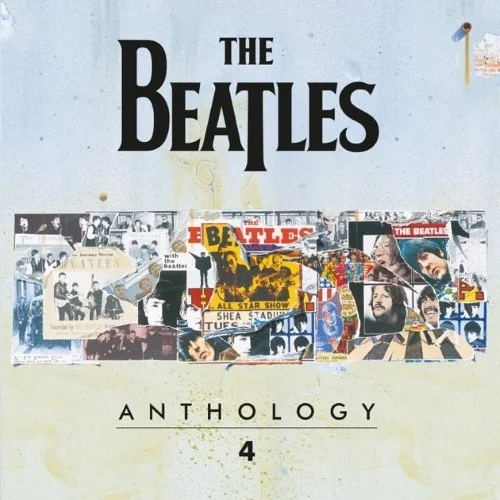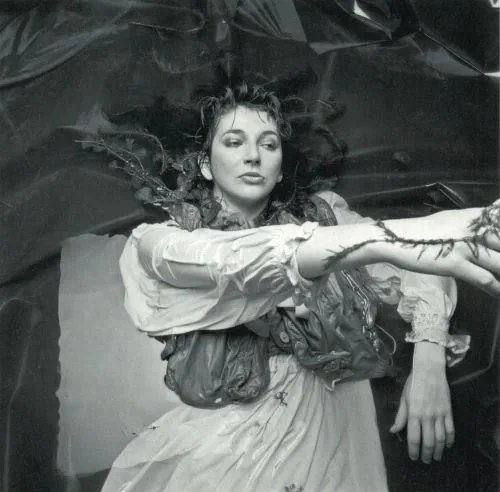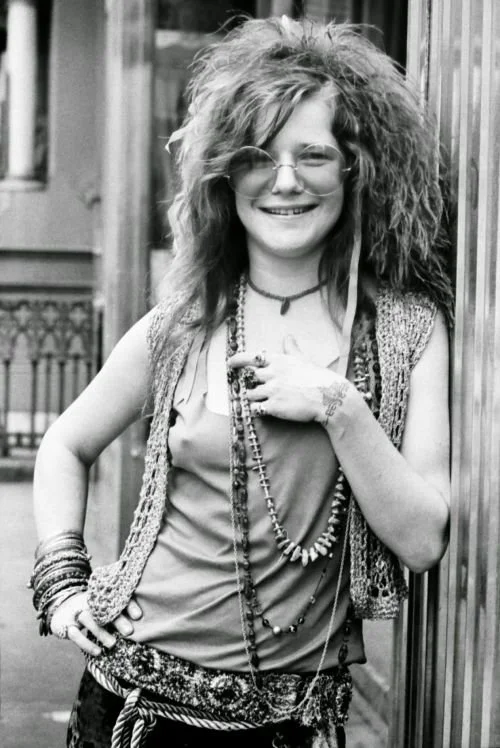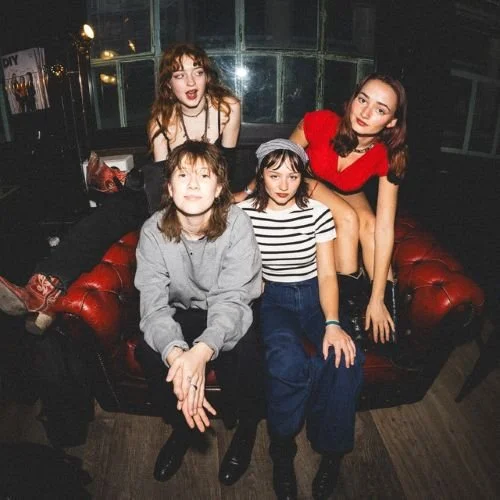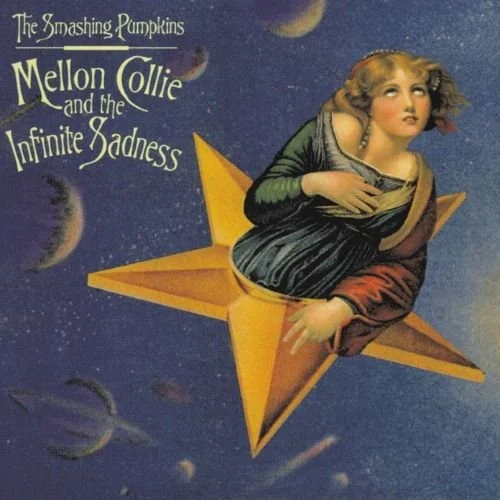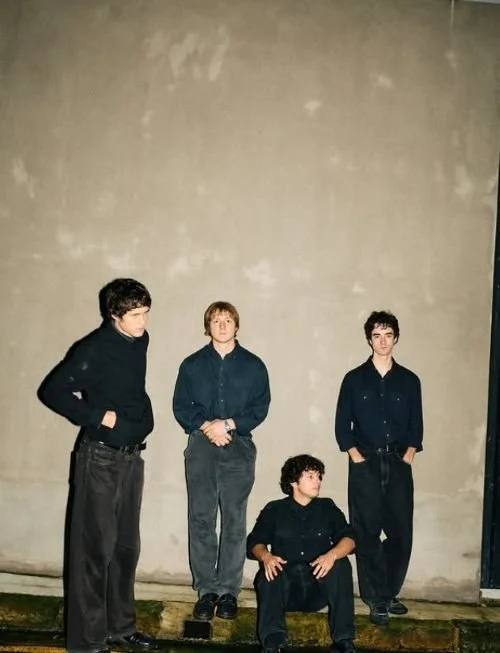FEATURE:
Free As a Bird
The Importance of The Beatles’ Anthology 4
__________
I realise that I have…
spent a lot of time with Paul McCartney, Ringo Starr, John Lennon and The Beatles in general over the past month or two. I will move away until closer to December, when Rubber Soul turns sixty. However, with the upcoming release of Anthology 4, I need to return to them. Actually, these are expanded editions. I am writing a separate feature where I talk about Deluxe Editions of albums and artists like Taylor Swift who will release multiple versions of albums. How much is this costing diehard fans?! In the case of The Beatles, there is quite a lot of activity when it comes to reissues. We have seen several of the studio albums reissued on various formats. I am not sure if there are plans for Giles Martin and his team to reissue Rubber Soul or even A Hard Day’s Night with outtakes and extras. It is exciting that we get these reissues and expanded editions, as we get to hear outtakes ands demos. Getting a bigger and wider impression of an album compared to the finished studio release. The Anthology 4 releases are particularly intriguing, as we get to hear various takes and demos of Beatles songs from throughout their career. On 14th October, an Anthology book will be available:
“The landmark international bestseller—The Beatles’ own story, in their own words—reissued on the 25th anniversary of its first publication.
The Beatles Anthology is, uniquely, the story of The Beatles by The Beatles. Created with the full cooperation of Paul, George, Ringo, and Yoko Ono Lennon, it also includes the words of John, painstakingly compiled from sources worldwide. Interwoven with The Beatles' own memories are the recollections of such associates as road manager Neil Aspinall, producer George Martin, and spokesman Derek Taylor. From their years growing up in Liverpool through their ride to fame to their ultimate breakup, here’s the inside story.
The Beatles Anthology is, in effect, The Beatles autobiography.
The Beatles Anthology also features over 1300 images, most previously unpublished. Paul, George, Ringo, and Yoko Ono Lennon all opened their own archives just for this project, as did Apple, EMI, and others long associated with The Beatles, allowing the unprecedented release of photographs, documents, and other memorabilia from their homes and offices. The result is an extraordinary wealth of visual material brimming on each and every page”.
Depending on your budget, you can invest in a twelve-L.P. version of Anthology 4. Even though it is expensive, it is good value when you consider how that breaks down for that much music. It might be one of the most important releases, as we get to hear these demos and raw recordings. Some live recordings too. There is this staggering array of music for £319.99! Although a lot of fans can’t afford that, just consider what you are getting for that money:
“4 x 3LP albums in triple gatefold sleeves and slipcase + 4 x photo art cards in unique numbered envelope
The Anthology Collection 12LP set includes the three groundbreaking Anthology albums from the mid-1990s, remastered in 2025 by Giles Martin, plus a new compilation, Anthology 4. Containing 191 tracks, the collection’s studio outtakes, live performances, broadcasts and demos reveal the musical development of The Beatles from 1958 to the final single ‘Now And Then’ released in 2023.
Anthology 4 features 13 previously unreleased tracks and 17 songs selected from Super Deluxe versions of five classic albums. In addition to fascinating outtakes dating from 1963 to 1969, the album includes new 2025 mixes by Jeff Lynne of ‘Free As A Bird’ and ‘Real Love’.
Furthermore, Anthology 4 presents 26 tracks that have never previously been released on vinyl.
Pressed on 180g black vinyl, each 3LP album will be housed within a triple gatefold sleeve, featuring the original art, sleevenotes by Mark Lewisohn, and restored photos for Anthology 1-3; Anthology 4 has brand new sleevenotes written by Kevin Howlett alongside photos. The outer slipcase features the original Klaus Voorman triptych art, and a 3/4 O-Card image of the band with detailed track listing.
The Beatles Store exclusive format will contain 4 x 12” band photo art cards in a custom black, numbered envelope (8500 total)”
Of course, there will be a digital version of Anthology 4 available on 21st November. In the 1990s, three Anthology volumes were released. Anthology 3 took us to their final recordings in terms of the chronology. Between the volumes, we got to hear these early and alternative versions of songs that defined our childhood and young years. I think the fourth volume is going to be the definitive one. Some might say it is cashing in. However, thirty years after the first Anthology, it is a chance to own a slice of Beatles history. You can see all the Anthology options here. It is not only the music we will get and a book. There is an Anthology 4 documentary that will feature on Disney+. This feature explains more:
“The Beatles Anthology arrived in November 1995 as an eight-part TV documentary and three double albums of unreleased outtakes and alternate mixes (released over a 12 month period). Now 30 years on, this landmark examination of The Fab Four returns, offering remastered and remixed audio, restored visuals and new content, in the form of a fresh episode of the documentary and a fourth volume of music available in new 8CD and 12 LP Anthology Collection box sets. The book, issued in 2000, is also being made available again.
New physical music releases
In terms of the music, the new Anthology Collection box sets have been remastered by Giles Martin. The original three double albums are unchanged (remastering apart), but are joined by Anthology 4, newly curated by Giles, including 13 previously unreleased demos and session recordings and other rare tracks. This extra volume also includes new mixes of the 1995 and 1996 singles ‘Free As A Bird’ and ‘Real Love’. They have been freshened up by original producer, Jeff Lynne, using de-mixed John Lennon vocals (the original ‘Free As A Bird’ music video has also been restored). ‘Now and Then’, the last Beatles song, is also on Anthology 4. There is no mention of Dolby Atmos Mixes of any of the 191 tracks that make up The Anthology Collection. That would be a massive undertaking, to be fair.
Both 8CD and 12LP box sets include the original sleeve notes for Anthology 1, 2 and 3; the new Anthology 4 includes track notes written by Kevin Howlett and an introduction compiled from 1996 interviews recorded with The Beatles’ close friend and adviser Derek Taylor. If you are wondering about the packaging, as far as I can tell, that rather dubious photo that has been chosen of The Beatles appears to be a ‘bellyband’ which is removable to reveal the classic Anthology artwork below. Phew!
Documentary coming to Disney+
The original eight episodes of The Beatles Anthology documentary series have been restored and remastered. These were originally screened on TV networks around the world (ITV in the UK) at the time and were released on VHS and Laserdisc in 1996 and then on DVD in 2003. They never made it to blu-ray and there is a question mark over whether that will now ever happen, since as with The Beatles Get Back and Let It Be, restored Beatles Anthology is coming exclusively to Disney+, beginning in late November.
The restoration has been overseen by Apple Corps’ production team, working with Peter Jackson’s Wingnut Films & Park Road Post teams along with Giles Martin, who has created new audio mixes for the majority of the featured music.
There is now a completely new Episode Nine, including unseen behind-the-scenes footage of Paul, George and Ringo coming together between 1994 and 1995 to work on “The Anthology” and reflecting on their shared life as The Beatles.
The book
The Beatles Anthology book took so long to come to market (five years after the first episode and the first album was released) it felt like something of an afterthought at the time. That’s not to say it’s not an impressive tome and the 368-page book remains the only official Beatles Autobiography. It’s back in print for what is its 25th anniversary, although it appears to be exactly the same content as before, and as such is the least exciting element of this reissue campaign.
The 8CD and 12LP vinyl Anthology Collection box sets are released on 21 November, The Beatles Anthology documentary will screen on Disney+ from 26 November and the book is available from 14 October 2025”.
Some might say that this is a bit too much. With all these options. Is it better to have something more focused so that you get this true essence of the band?! Is the Anthology 4 release a bit unwieldy and unfocused? I think that having this expansive and definite collection of takes, demos and live recordings is a dream. Surviving members of The Beatles, Ringo Starr and Paul McCartney, will be around to see how fans take to it. Whilst the studio albums are immense, I think Anthology 4 is more powerful and intimate. We are listening to the process and some earlier versions. More involved with the creative process and development of the band compared to the final versions. Remastered and brand new, it is going to be exciting hearing these songs in a new light. Recently, Free As a Bird was remastered and reissued. Blending all the harmonics and elements beautifully, it have extra weight and gravity to a song that I remembering hearing back in 1995. This review nails why the remastered version is perfect:
“One of the worst-kept secrets of the last week has been the impending announcement of Anthology 4. A fourth instalment to the gold mine of The Beatles’ earliest and remastered recordings. It remains a project of Herculean efforts, one which seemed to be capped off nicely two years ago with Now and Then. But there is more in the archives. More worth sharing. We hold our breath and wait for Carnival of Light to be snatched out of the vault by Paul McCartney, dressed as a cross between Indiana Jones and the man on the cover of Trout Mask Replica. While we wait for this heist to take place, presumably after the North American Got Back dates, we have a remaster of Free as a Bird. It was certainly in need of sprucing up. There was nothing wrong with the original, though the new technology Peter Jackson has used on previous Fab Four projects is notable.
Free as a Bird is amplified with this mix. A clearer sound is presented, and that, effectively, is the major change. But what a change it is. A necessary one, too. We should not take for granted just how different a sound comes from this and the original. Free as a Bird, one of three originals worked on during the Anthology project, is given a touch-up, which brings a cleaner sound not just to John Lennon’s vocals but the acoustic guitar work, too. Those layers of instrumental brilliance are that little bit clearer. We can use this Free as a Bird remaster as an indication of how the rest of the project will sound. Granted, there will be changes here or there, not because of studio personnel but because of tape quality. Free as a Bird sounds magnificent, though. It doesn’t have that slight, uncanny valley feeling Now and Then had, nor the awful music video.
Vocal similarities between this and the work Paul McCartney featured on Flaming Pie is clear. You can tell it’s from the period, but the cleaner production injects new life into it. George Harrison, too, sounds fantastic. The vocal quality is continued, the three Beatles harmonising over some steady, crashing drum work from Ringo Starr. Like Now and Then, it’s as close as many generations will get to a fresh-sounding Beatles track. An added tambourine is the big change here. How a little instrumental flair can make such a major change is truly inspiring, and it works well here. It gives the song a lighter flourish, a detail which feels like more than an easter egg for returning listeners. It’s a change which breathes a little bit of new life into the song but does not overwhelm it, nor turn it into a whole new project.
Walking the line, not falling into hailing the old versions or overriding them either, is tricky. But trust in the Anthology process and hear out those changes. They are for the better, and a slightly louder, more present instrumental range, is clear. Remastering can often feel like a non-event, just take a look at the Pink Floyd discography, but it is the subtleties of these changes which can revitalise a song. Free as a Bird sounded good in ‘95, it sounds better in ‘25. Tech has come a long way in thirty years, and those touching lyrics Lennon penned on a tape still hold incredible meaning. Lennon, McCartney, Harrison, and Starr all sound magnificent, be it in their vocal work or, in Ringo’s case, the instrumental steadiness. All of it sounds just right. A perfectly balanced remaster which is far stronger than the original”.
There will be more interviews and articles about Anthology 4 closer to its release in November. With the book out before then, it is another great year for fans of The Beatles. If we might not get a reissue and expanded edition of one of their studio albums again, there is always activity. I would like to think, in 2026 and 2027, there will be even more. I think 2027 marks seventy years since Paul McCartney and John Lennon first met. However, before then, we can enjoy the delights of Anthology 4. These are not just throwaway releases and music to listen to and discard. This is something to cherish and keep for years to come. To pass down to other people. The eight-C.D. and twelve-L.P. vinyl Anthology Collection box sets are released on 21st November, The Beatles Anthology documentary will screen on Disney+ from 26th November, and the book is available from 14th October. Early takes of some of the greatest music the world has ever seen, Anthology 4 is going to be an essential purchase…
FOR every Beatles fan.

